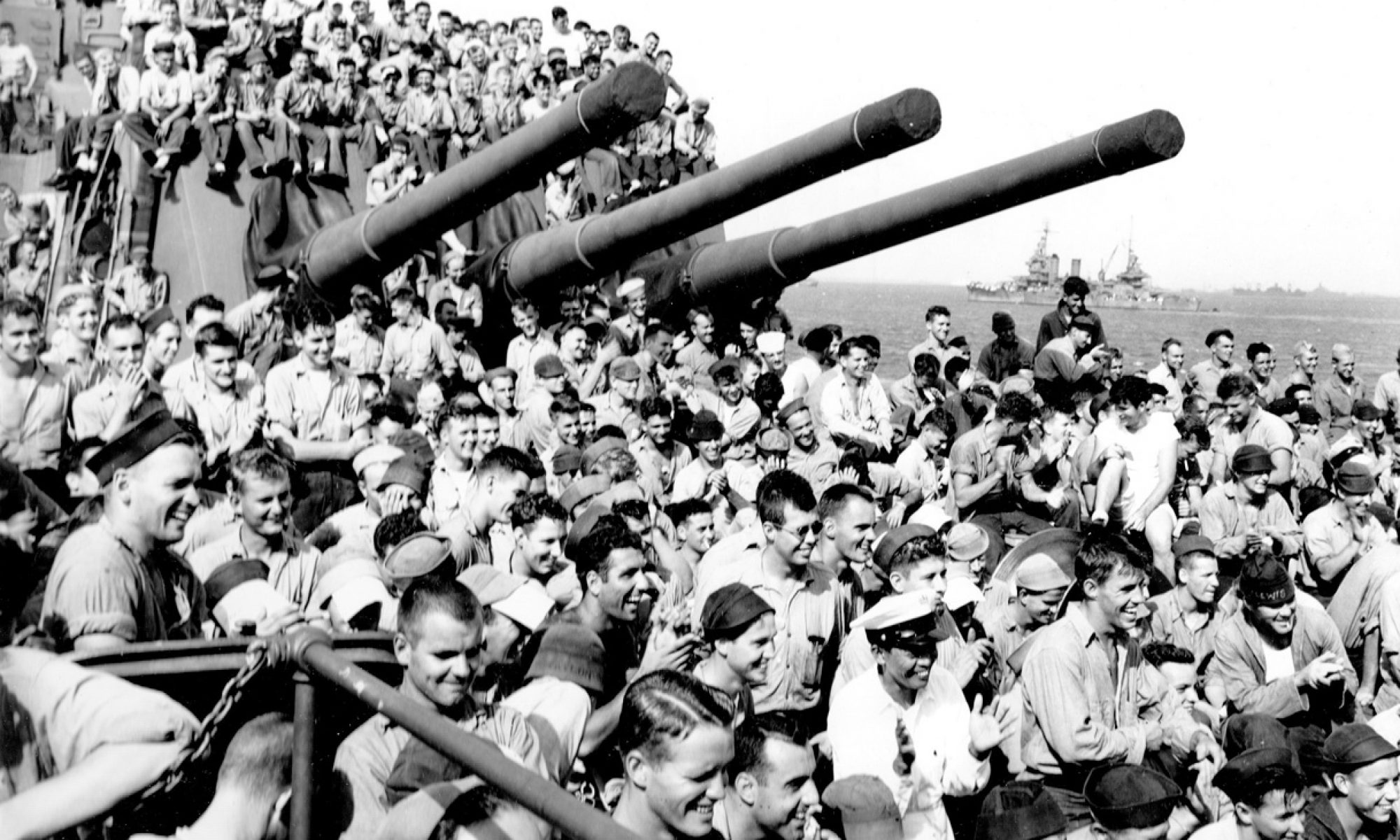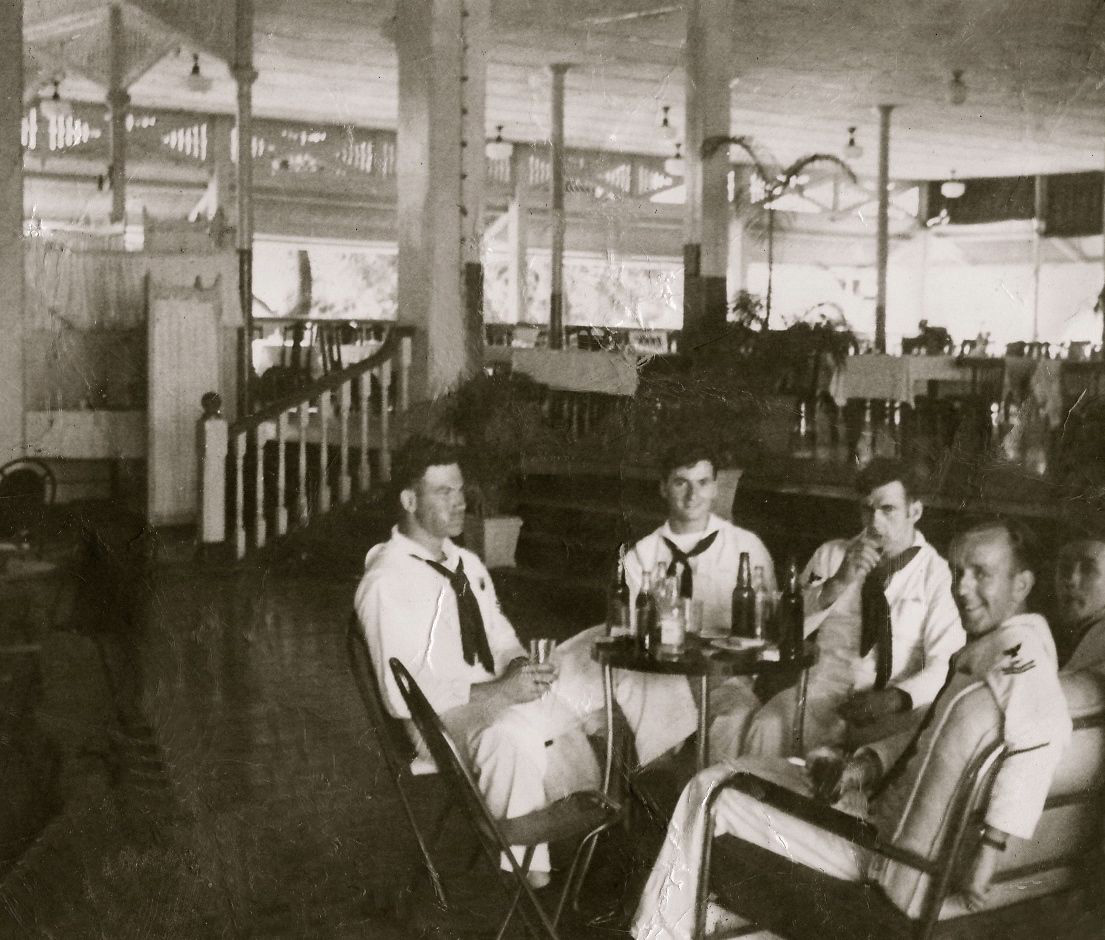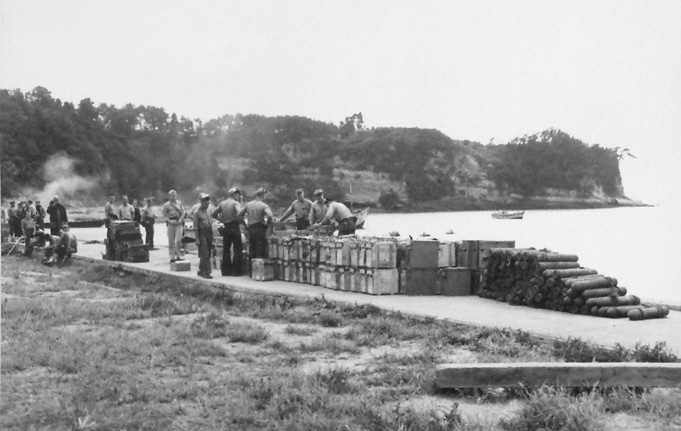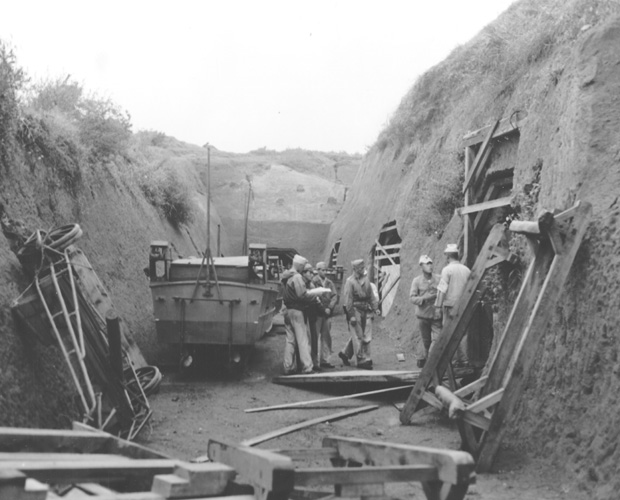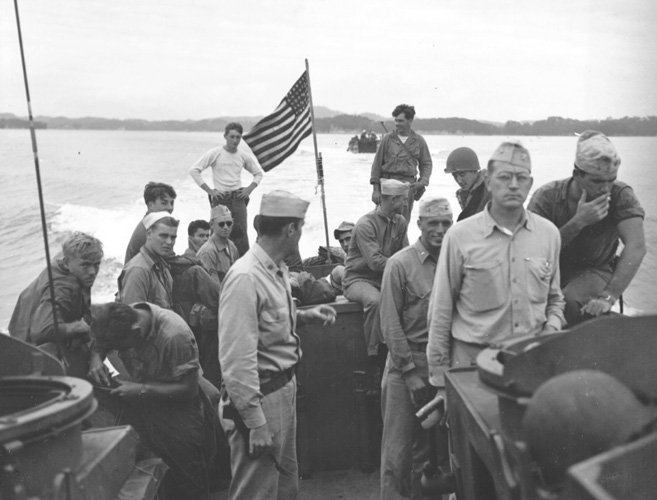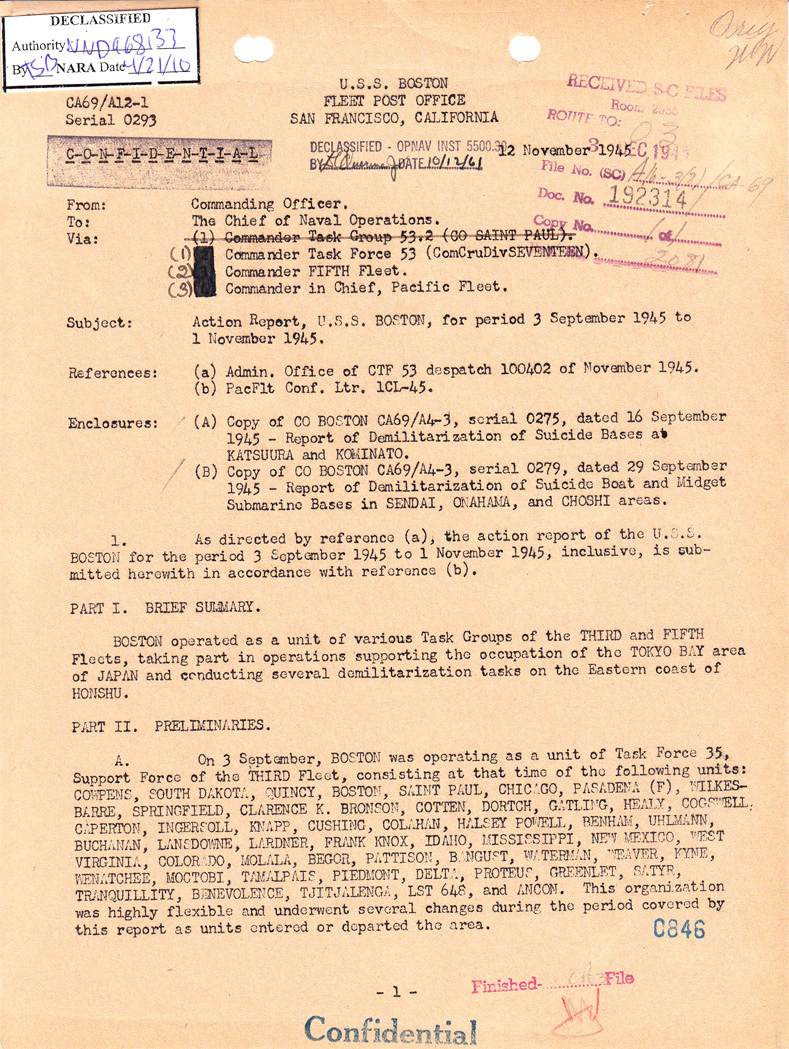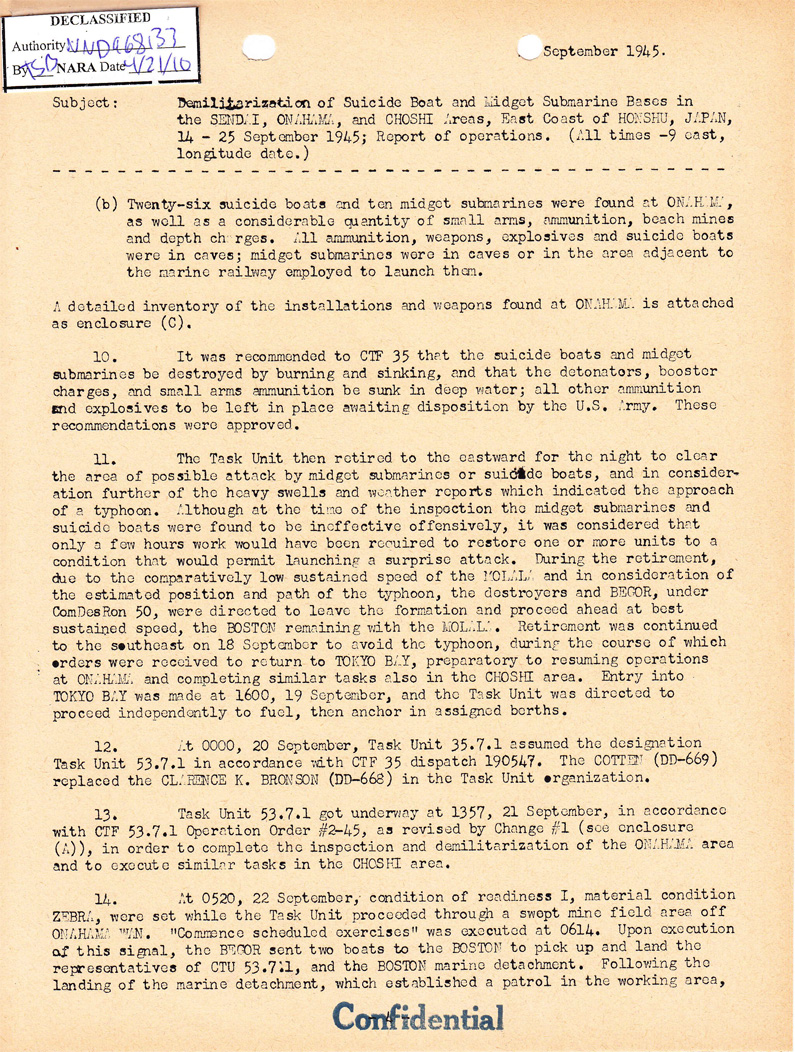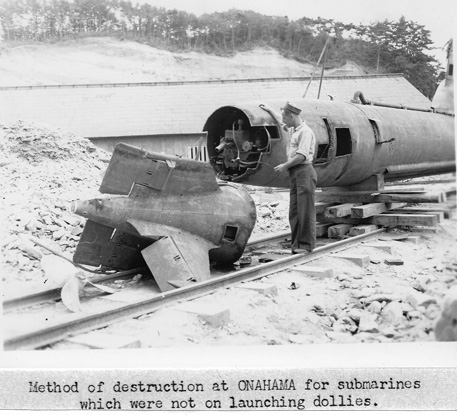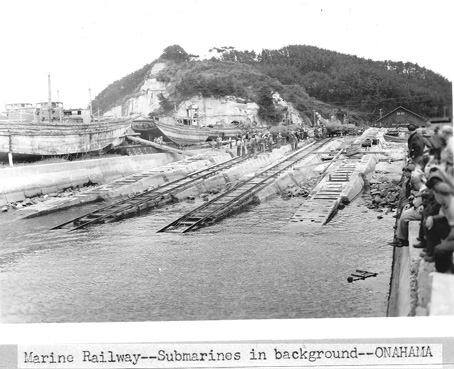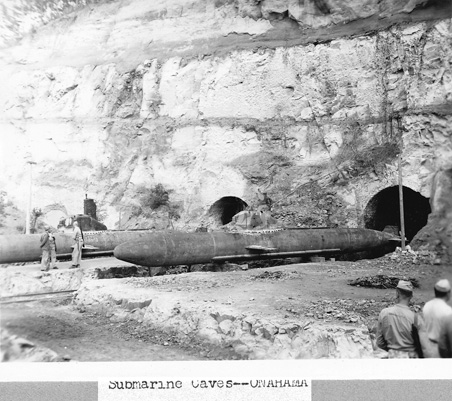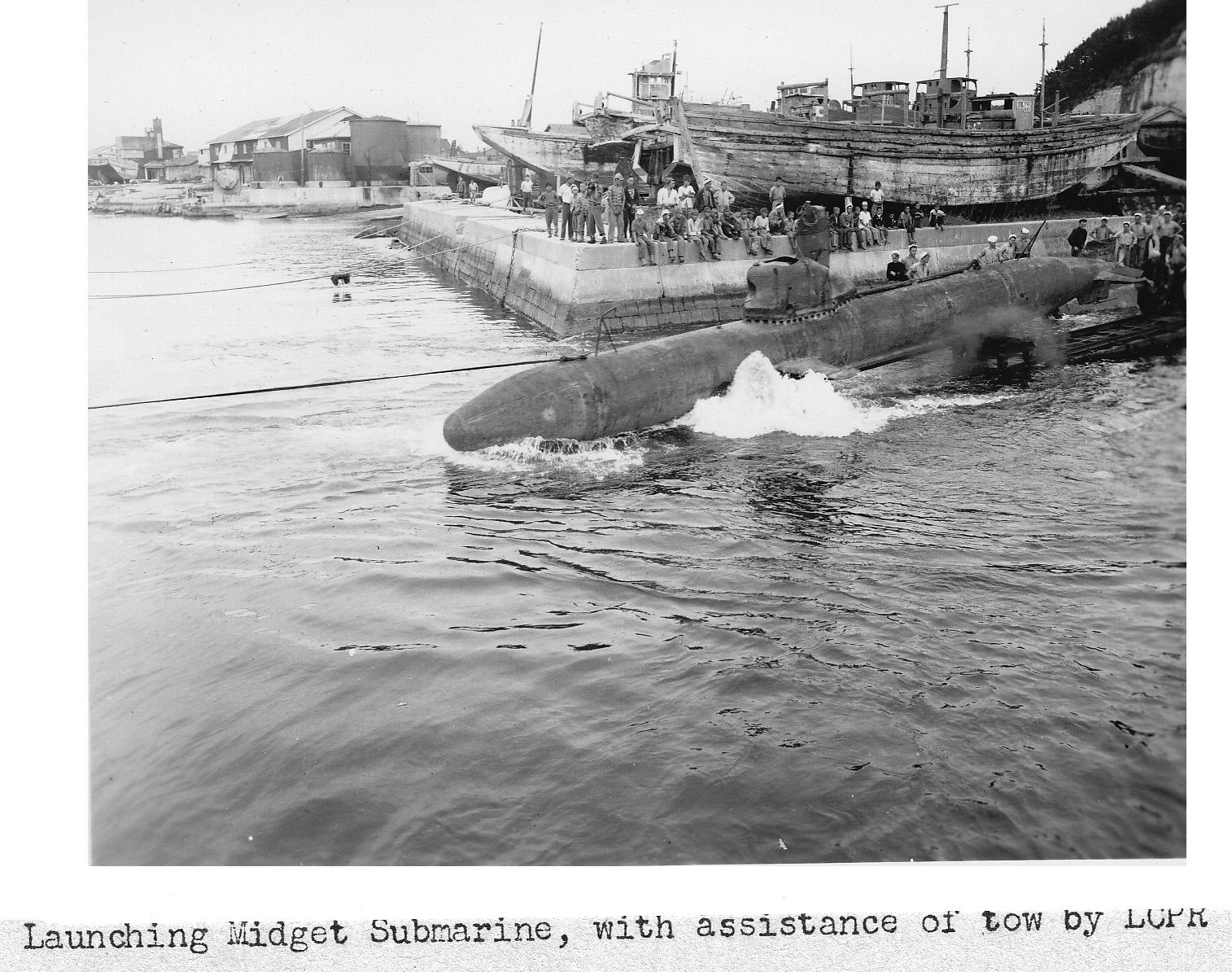1-20-18
Happy New Year! I find myself face-deep in redoing the Baked Beans Books. As it turns out, I am just finishing January (1945) [Vol. 2] so by happy coincidence I’ll talk a bit about what was happening on the ship.
By now, Task Force 38 was winding down its Philippines Operations, with only the landings at Luzon left to support. The next big targets on the board were invading Iwo Jima, to be followed by invading Okinawa. Reconnaissance planes had spotted what was left of the Japanese fleet anchored at or near Singapore. (You’ll remember that Halsey’s TF38 decimated the enemy fleet over the course of four sea battles that comprise “the Battle for Leyte.) I can’t emphasize enough that there was no modern technology – NO INTERNET, NO GPS – and that all info was passed on through convoluted signals (ships maintained radio silence at all times) from visual reconnaissance. Old news by the time it got back to the commanders.
When Halsey learned that the Japanese fleet was “in the neighborhood,” he ordered a battle group (battleships, cruisers and destroyers) be formed and slip into the South China Sea for an old time barroom brawl – warship against warship – two fleets lining up against each other and firing everything they had – last man standing is the winner. He was an old school battleship guy. Even though he commanded a Task Force built around aircraft carriers that prosecuted the war by launching fighter and bomber planes, all he ever craved was ship-to-ship battles.
So the Boston (flagship of Cruiser Division 10) was part of the Battle Group (Task Group 34.5) that slipped into the South China Sea (via the treacherous Bashi Channel) to sink the Japanese Fleet in the dark of the night of Jan. 10. Unfortunately for Halsey, the elusive enemy fleet was noweher to be found.
Frank Studenski January 12, 1945
This morning we are probably on our largest operation so far. We have been heading north through the China Seas for a raid on a base the Jap fleet uses in French Indo China. We may bomb Saigon Bay. We will probably be in sight of land, and get a glimpse of the Asiatic continent, completing the trip across the Pacific. It is still dark and we may not have been discovered.
At 0900 hours we were within range of eight inch gunfire. We formed a surface task force of battleships and cruisers, the carriers stayed out of range. The carriers launched a big strike. We were disappointed, because the planes reported the Jap fleet was not in Camrahn Bay. They continued to launch strikes all day. Later on in the day we left 38.2 and returned to our own task force. We also have with us two war correspondents, we picked up two days ago. Tomorrow we expect to fuel, one hundred and fifty miles closer than the day before. During the night we had several sub contacts and destroyers were dropping depth charges.
George Pitts: Jan 12
We formed the Surface Attacking Force this morning and closed in to about 40 miles of French Indo China or CamRahn Bay. When our planes went in to start the attack they reported the situation back to us as our prey had flown the coop. A few AK’s and AO’s* were sunk. Nothing for us to do a job on. We disbanded and joined our carrier group 38.2 and later went to 38.1.
Our planes did a swell job searching all of the Indo China’s coast. They sank 8 AK’s 4 AO’s 4 AE’s* 6 DE’s 5 DD’s and 1 light cruiser. Tomorrow we fuel 50 miles off the coast, then we start looking for more trouble. I hope we find it.
January 1945 was a very exciting month of almost non-stop action for the guys aboard the Boston.
